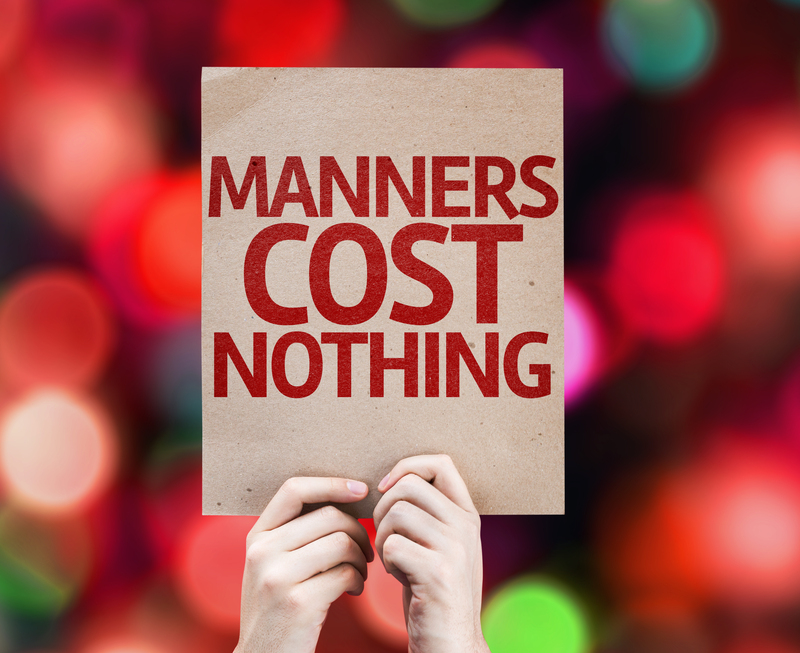The Essential Guide to Moving a Piano: Why It's Not a DIY Task
Posted on 05/06/2025
The Essential Guide to Moving a Piano: Why It's Not a DIY Task
Moving a piano is a unique challenge that combines delicate handling, precise planning, and specialized equipment. Whether you own a grand piano cherished by generations or a modern upright, understanding the intricacies of piano moving is essential. While many ambitious homeowners consider tackling this task on their own, experienced movers and industry experts agree: moving a piano is not a DIY task. This comprehensive guide will explain why professional help is crucial, outline the risks of improper handling, and provide actionable advice for anyone planning a piano move.
Understanding the Complexity of Pianos
At first glance, pianos may appear robust and solid. However, beneath their glossy finish lies a sensitive network of moving parts, fine-tuned materials, and delicate mechanisms:
- Weight Diversity: An upright piano often weighs 300 to 500 pounds, while a grand piano can tip the scales at 600 to over 1,200 pounds.
- Delicacy: Each piano contains over 10,000 moving parts, including strings and hammers finely calibrated for perfect tone.
- Shape and Size: The unwieldy shape, especially of concert grands, adds complexity to navigation through tight spaces.
Why Piano Size and Structure Matter
A concert grand piano is not only longer and heavier but also particularly sensitive to stress and vibrations. Even upright pianos have protruding parts like pedals and keyboard covers that can easily break if not properly protected. The legs and lyre (pedal assembly) are often structurally weaker, making them susceptible to snapping under uneven pressure--a risk greatly increased with incorrect lifting or bumping into door frames.

Why You Shouldn't Attempt Piano Moving Yourself
Many piano owners underestimate the dangers of DIY piano moves. Unfortunately, one wrong move can lead to catastrophic, and often expensive, consequences. Here's why hiring professional piano movers is always in your best interest:
Risks of Self-Moving a Piano
- Injury: Lawsuits and ER visits for back strains, crushed fingers, and even broken bones are common when amateurs try to move heavy pianos. The risk of personal injury is high due to the piano's unpredictable balance.
- Damage to Property: Bulky pianos can easily gouge floors, scratch walls, chip paint, or even destroy stairs and landings. One slipped grip, and the repair costs add up quickly.
- Impairing the Piano: A slight jolt can break strings, bend pedals, misalign the soundboard, or crack the case. Piano repairs are notoriously costly and can forever alter your instrument's tone and value.
- Lack of Equipment: Unlike professionals, DIY movers rarely have access to custom dollies, ramps, harnesses, and padding tailored to piano moving.
- No Insurance: Homeowners' or renters' insurance rarely covers damage from self-moving mishaps, leaving you fully responsible for any loss.
The Benefits of Hiring Professional Piano Movers
Bringing in a reputable company experienced in moving pianos offers a long list of advantages. These specialists provide not only the necessary expertise, but also peace of mind for piano owners.
Key Advantages Include:
- Specialized Training: Piano movers are thoroughly trained to handle heavy, awkward loads. They understand the center of gravity and structural vulnerabilities of every piano model.
- Right Equipment: Movers bring piano boards, padding, rigging straps, and dollies specifically designed for piano transport.
- Protection for Your Home: Steps are taken to preserve your floors, stairs, and walls during the process, reducing the risk of costly home repairs.
- Efficient Navigation: Professionals know how to assess and execute moves through tight or complicated spaces, from spiral stairs to narrow hallways and elevators.
- Insurance Coverage: Reputable piano movers are fully insured, so in the unlikely event of an accident, repairs or replacement are covered.
How the Piano Moving Process Works
Understanding the professional process can further highlight why moving a piano is best left to experts. Here's what you can expect when you hire a piano moving company:
Step-by-Step Overview
- Initial Assessment: The movers will first examine your instrument and your home's entryways, stairs, and obstacles. They'll plan the safest, most efficient route.
- Protective Wrapping: Each part of the piano--legs, pedals, lid, and music desk--is carefully wrapped in thick padding or moving blankets.
- Disassembly (if needed): For grand pianos, movers gently remove and label legs, pedals, and the lyre for safer handling.
- Transfer and Loading: Using special boards and cushioned dollies, the piano is moved onto a professional moving truck with lift-gates or ramps.
- Transportation: The moving vehicle is carefully driven to your destination with special attention to minimizing vibration and shock.
- Unloading and Setup: Upon arrival, the movers reassemble and set up your piano, ready to be played again.
Frequently Asked Questions About Piano Moving
Can any moving company transport a piano?
No. Even reputable general movers may not have the specialized training and equipment required for safe piano relocation. Always choose a dedicated piano mover or a moving company with piano-moving credentials.
How much does professional piano moving cost?
Prices vary by distance, type of piano, stairs, and complexity, but local moves typically cost between $150 and $500. Long-distance or stair-heavy moves may run higher. When compared to the potential cost of repairs, insurance claims, or medical bills, this is a wise investment.
How can I prepare my piano for moving day?
- Clear the path: Remove rugs, furniture, and other obstacles along the moving route.
- Secure the lid: Close and lock the piano's keyboard cover.
- Communicate: Advise the movers of any particularly challenging areas or valuables nearby.
Will my piano need to be tuned afterwards?
Most pianos will go out of tune after any move, especially long-distance transport. Once your piano is settled in its new home and acclimated to room temperature and humidity, schedule a professional tuning.
Advanced Techniques: Stairs, Tight Corners, and Hoisting
Pianos do not always fit easily through standard doorways or up narrow staircases. Here's how professionals handle the toughest situations:
- Stair Navigation: Movers use skid boards--special wooden platforms that distribute weight and allow the piano to glide up or down stairs with multiple controlled straps.
- Sharp Turns and Tight Spaces: Sometimes, doors must be temporarily removed, or hand rails unbolted. Expert movers can tilt, pivot, and maneuver pianos without damaging the instrument or the building.
- Hoisting: When stairs or hallways won't work, some moves require cranes or hoists to deliver the piano through a balcony or large window.
Attempting these techniques without experience can lead to severe injury and irreversible piano damage.
Packing and Protecting Your Piano
Whether you're moving a grand, baby grand, upright, or spinet, proper packing is key to safe piano transport. Here are some of the important protective measures professional movers take:
- Heavy-duty moving blankets and shrink-wrap to cushion the finish and internal components.
- Foam or corrugated cardboard guards for sharp edges and surfaces.
- Custom-fit moving boards or crates for grand pianos, especially in long-distance or international moves.
- Plastic and moisture-barrier wraps for moves during rainy or humid weather.
Avoid using standard household blankets or rope; these do not provide adequate protection and can shift during the move, damaging your piano.
Long-Distance Piano Moves: Added Challenges
- Temperature and Humidity: Pianos are sensitive to climate fluctuations. Professional companies utilize temperature-controlled vehicles for particularly sensitive or valuable instruments.
- Vibration and Shock: Even long-haul trucks with air-ride suspension are used by top-rated piano movers to protect against rough roads and bumps.
- Proper Reassembly and Tuning: Special care is taken at the destination to ensure the piano is reassembled correctly and allowed to acclimate before tuning.

Choosing the Right Piano Moving Company
Not all movers are created equal. When selecting professionals for moving your piano, keep the following points in mind:
Checklist for Hiring Piano Movers
- Experience: Ask how many years they've moved pianos and request specific examples.
- Insurance: Demand proof of liability and cargo insurance covering your piano specifically.
- Equipment: Confirm they use proper piano dollies, skids, and protective gear.
- References: Read real customer reviews and ask for local references.
- Clear Pricing: Get a written quote and ask about extra charges for stairs, long carries, or special circumstances.
Conclusion: Moving a Piano Is Not a DIY Task
Your piano is likely one of the most valuable and sentimental items in your home. Attempting to move it yourself risks physical harm, financial loss, and irreparable damage to a beloved instrument. Choosing professional piano movers ensures safety, efficiency, and peace of mind, allowing you to enjoy the music for years to come.
Remember, when it comes to moving a piano, it's better to trust the specialists--it's truly not a DIY job.

 request quote
request quote





